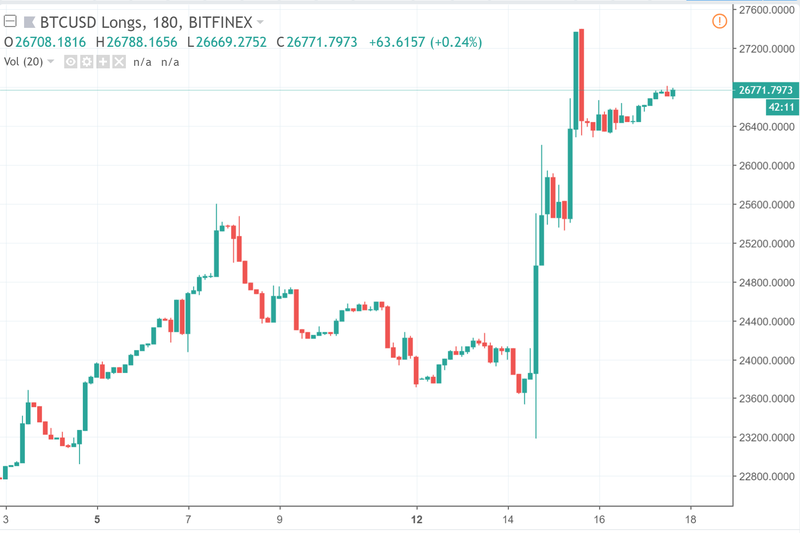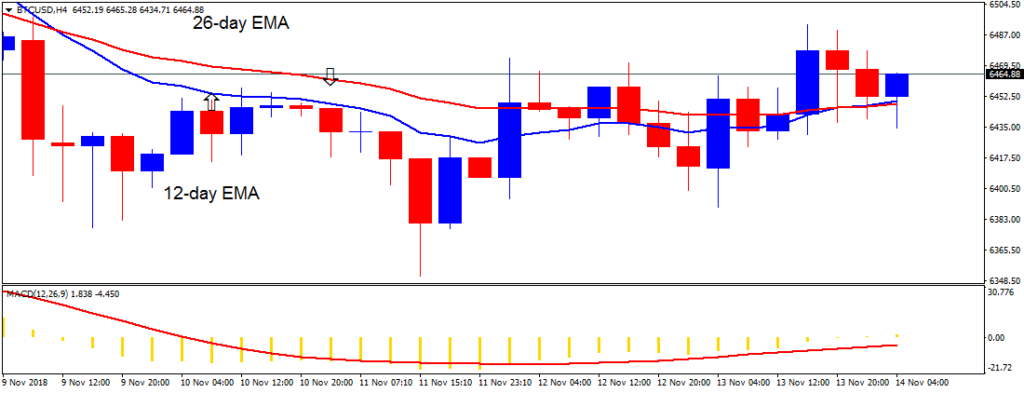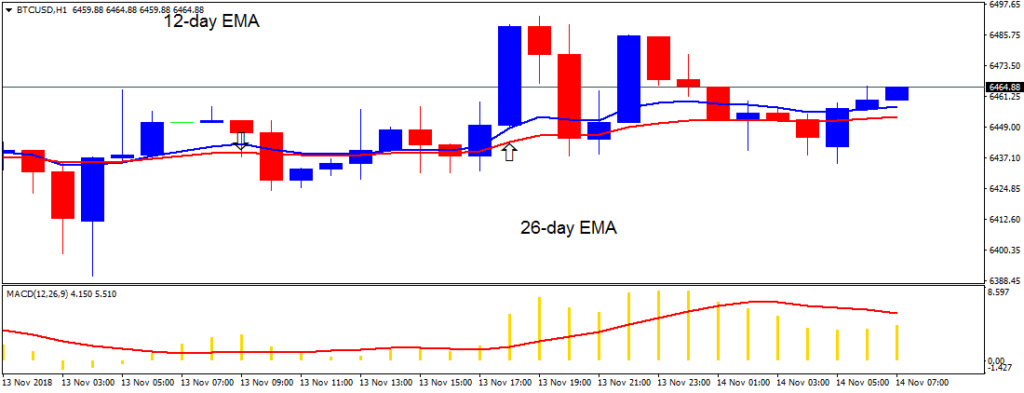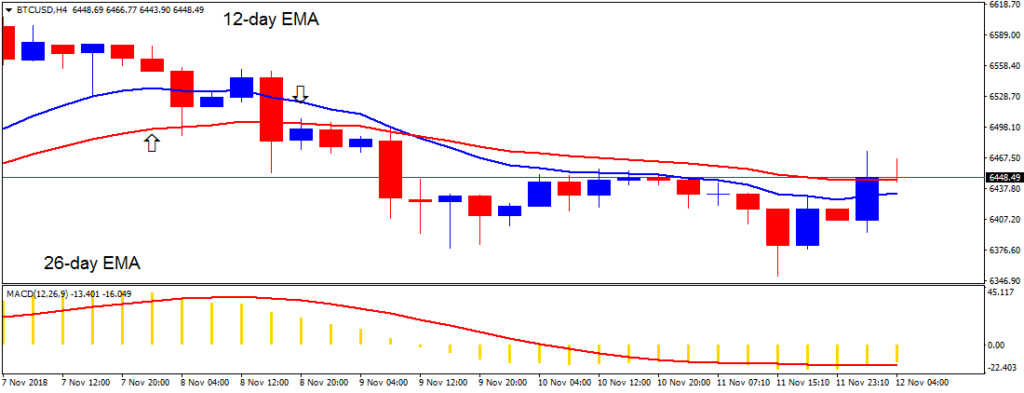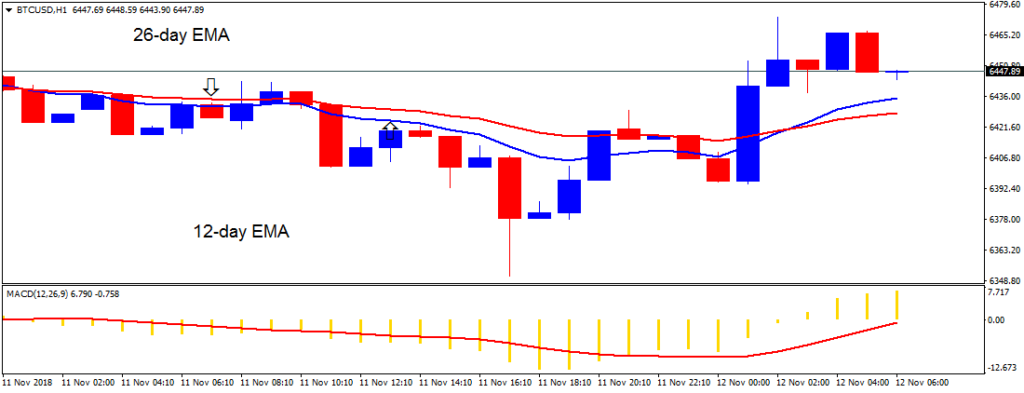The Bible as a unified portrait of the Savior
Written by GodLife on 09/01/2018
Series: Weekly Devotional
Tags: Prophecy, Reading, Evangelism, Confusion
Then he said to them, ‘These are my words that I spoke to you while I was still with you, that everything written about me in the Law of Moses and the Prophets and the Psalms must be fulfilled.’
Luke 24:44
Have you ever felt confusion when reading the Bible? What does it mean? How does it help you know God and His plan for your life?
On a trip to Jerusalem, a court official from Ethiopia read aloud from the Scriptures. He was getting more and more confused as he heard a voice coming from beside his chariot:
“Do you understand what you are reading?” “How can I, unless someone guides me?” the Ethiopian Eunuch responded, inviting Philip the evangelist to be seated. (Acts 8:30-31)
All of us have felt like the Ethiopian official at some point in time. Sometimes reading the word of God can be difficult to understand without guidance. Here are some ideas to help you get more out of God’s Word:
1. Each Book Has An Approach
What parts of a speech or book do you usually remember best? The stories? The Bible is full of exciting, true stories: The Creation and Fall. The Flood. The offering of Isaac. The Exodus. All of these help us know ourselves better as we get to know the people in them. When I see their limitations, it makes me think about, and admit, my own. Their stories also work together to give background to the biggest story of all. They tell us why Jesus had to come to earth. They tell us what His family tree was like. They tell us what the world was like when He came.
For me, another thing that makes part of a speech stand out is when a speaker suddenly switches to a different approach. God has done this throughout the Bible. He said, “I spoke to the prophets; it was I who multiplied visions, and through the prophets gave parables.” (Hosea 12:10). The prophets made predictions that came true, proving God’s eternal knowledge. The Bible’s preachers acted things out, giving the hearers and readers a clearer picture of God’s view of things. They used comparisons, called “parables,” getting to the eternal truth behind the personal struggles everyone faces. (God knows we tend to miss the truth because of our feelings.) They answered their own questions, like a lawyer in a courtroom moving the argument along. Through these writers, God explains how hard He has worked to reach the people who were turning away from Him. (Jeremiah 7:13-26 is an example.) When you read the Bible, ask yourself what God was trying to do with the people to whom it was originally written.
2. Each Story Fits Into His Story
A turning point eventually came in the bigger story. God showed up, in person. As Hebrews 1:1-2 puts it, “Long ago, at many times and in many ways, God spoke to our fathers by the prophets, but in these last days he has spoken to us by his Son, whom he appointed the heir of all things, through whom also he created the world.” The four Gospels are a faithful record of Jesus’ life and ministry. Although three Gospels (Matthew, Mark and Luke) are very similar, they each give a slightly different angle on Jesus’ ministry. They do this even while using most of the same events and sermons. The fourth Gospel (John) is very different from the other three. It begins in eternity, with God, the Creator of all created things, taking humanity upon Himself. (John 1:1-3, 14) It is written so that readers will believe Jesus is the Son of God, and have eternal life through Him. (John 20:21) The rest of the New Testament shows Jesus’ earliest disciples carrying on His mission, gathering followers as they spread the Good News, and writing to help the churches they began live out their faith.
3. Each Part Fills In a Detail of the Savior’s Profile
To help listeners get the point of a message, a speaker uses time wisely, building to the end. The Bible likewise explains that the most important part, the coming of Christ, took preparation. “But when the fullness of time had come, God sent forth his Son, born of woman, born under the law.” (Galatians 4:4) By giving us the detailed story of His family history and their successes as they trusted in God, their failures as they did not, God prepared readers for the story of Christ. World conditions were also ripe for Jesus’ coming in a number of specific ways, as described in this GotQuestions.org page.
Jesus told Nicodemus that, as “the teacher of Israel,” he should have already known that a person had to be born from above in order to see the Kingdom of God. (John 3:10) He challenged the religious teachers of his day who were arguing with Him by telling them the scriptures all testified about Him. (John 5:39) He specifically said Abraham foresaw His day (John 8:56), Moses wrote about Him (John 5:46) and complained that his followers were “…foolish ones, and slow of heart to believe all that the prophets have spoken.” (Luke 24:25)
Because he understood this truth, Philip the Evangelist was able to use the passage Ethiopia’s Treasurer was reading in the book of the prophet Isaiah, (Isaiah 53:7-8), written about 650 years before Christ was born, to tell him the good news about Jesus. (Acts 8:35) Would you be able to do something like that? Ask God to help you understand the Bible’s big picture as you read it all the way through this year.
Pray this week:
God, thank you for a new year. Will you show me what the Bible is all about this year as I commit to reading it through?
Do you have questions about how the Bible fits together?

Alan Zibluk Markethive Founding Member



